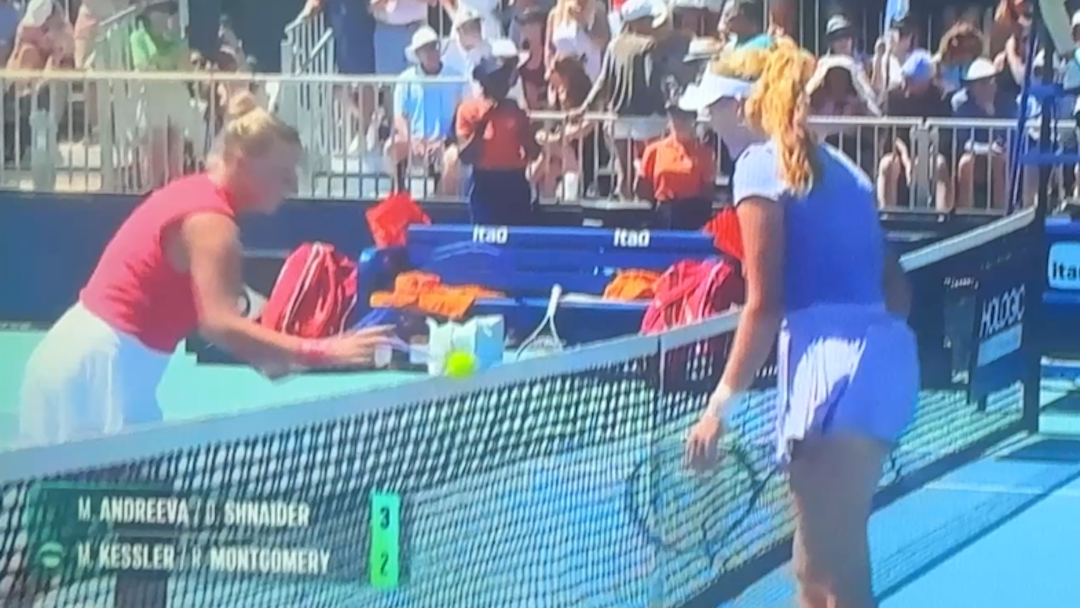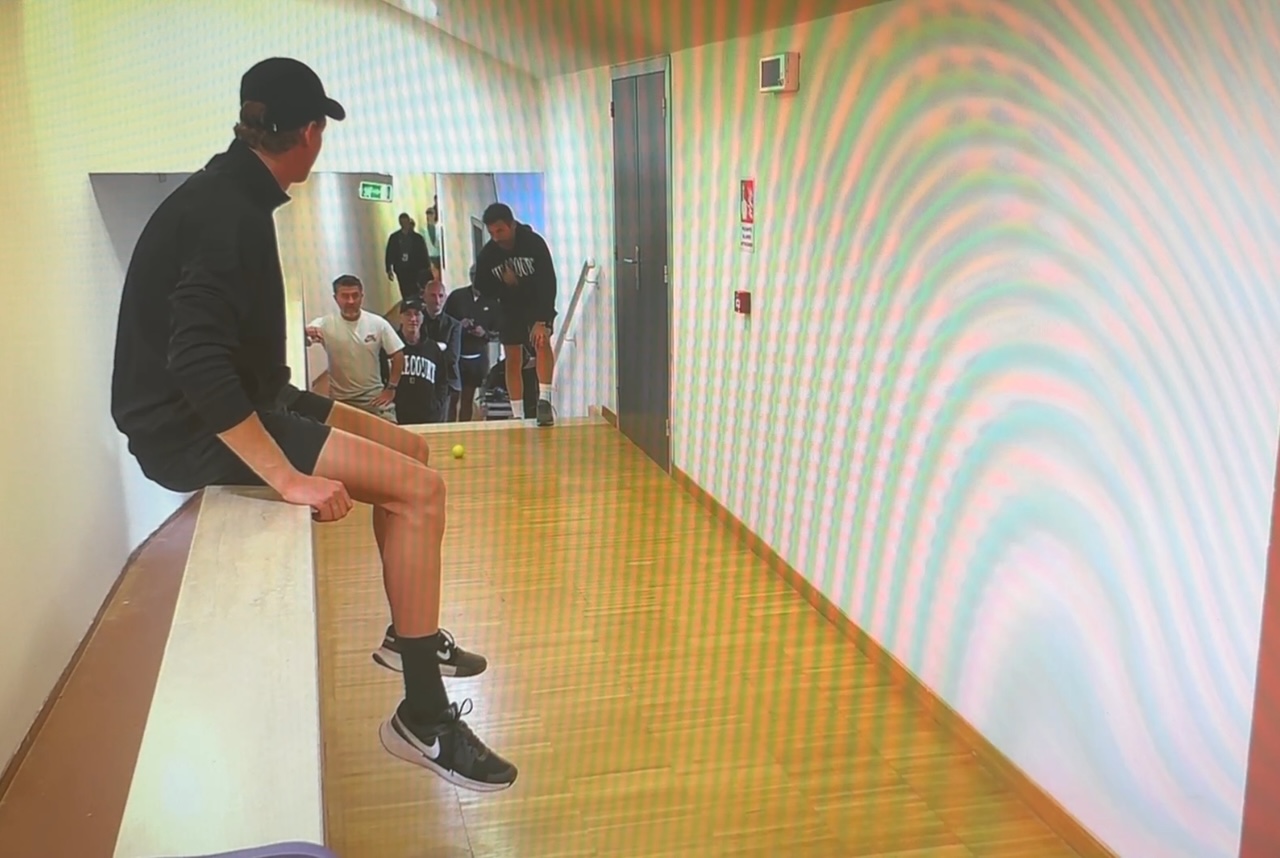My kids taught me an object lesson about rules many years ago when they were maybe 2 and 4 years old. I was on parent duty as they played in our backyard when it occurred to me I could multitask by cooking some of the ingredients for our dinner the next day. A few minutes later, as I stood over the grill, I suddenly realized that an eerie silence had fallen over the yard. I looked up to discover that my daughters were standing with their toes just off the patio, their eyes wide, and their mouths agape. Eventually, my eldest broke the silence: “Does Daddy know you’re touching his grill?” It was pretty clear they thought I was in BIG trouble.
Rules are essential, but understanding why they exist is just as important. The Trophy Husband was always diligent about keeping them away from the open flames to prevent them from burning themselves. For our daughters, however, the prohibition against touching the grill wasn’t about safety at all. It was simply an unbreakable law. That moment made me realize how easy it is for rules to lose their intended purpose. Without understanding the why, a safety precaution had become an arbitrary but absolute boundary.
Yesterday’s book review reminded me of that episode. Many of the tennis “tips” and “tricks” were presented without enough details for the reader to understand why each recommendation was made. Just like my daughters and the grill, players who only follow surface-level instructions without understanding their purpose may rigidly apply them, even when they don’t fit the context or situation. In a sport like tennis, where players must constantly problem-solve on their own during matches, knowing why a strategy or technique should be used is essential. Without that deeper understanding, adjustments become guesswork. Players risk making changes that aren’t actually effective for the circumstances they’re facing.
The same principle applies when designing engagement mechanisms to attract and retain players in the competitive tennis ecosystem. It is critical to understand why players respond to certain incentives the way they do. Organizations and service providers must recognize the deeper motivations and behaviors driving participation. Players responding to incentives differently than expected signals a potential misunderstanding of the why behind the behavior. If the response isn’t what was intended, the problem likely isn’t the players but rather the design of the incentive itself.
Whether it’s structuring rankings, designing tournament formats, or creating competitive pathways, success depends not just on knowing what mechanisms to implement but also on the why that underpins player responses. This weekend, we will start to examine some incentive mechanisms specific to adult tournament tennis. Throughout that discussion, it is important to relentlessly focus on the why.
In the meantime, even though they’re now full-grown adults, I’m still unsure if my kids know I am allowed to use the grill.



